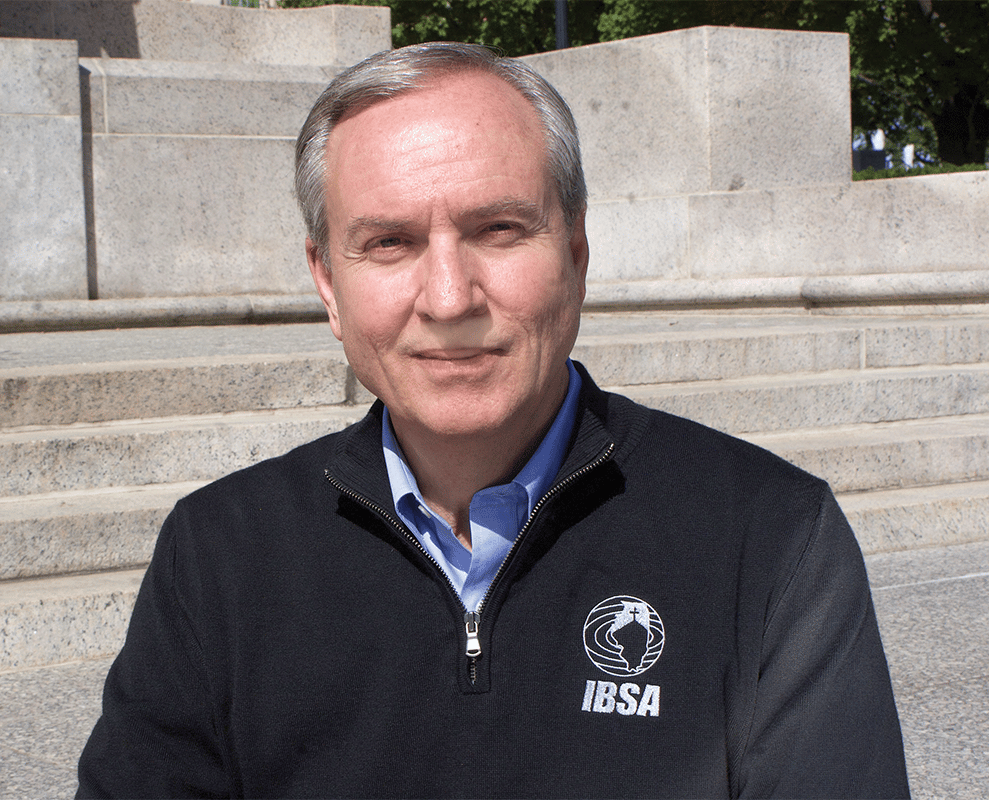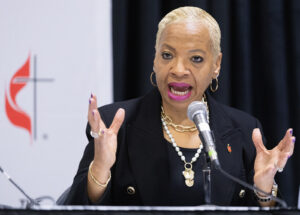

Editor’s note: Nate Adams is executive director of the Illinois Baptist State Association.
A little more than 100 years ago, Baptist soldiers and volunteers were returning to America from World War I-ravaged Europe, lamenting the physical, emotional and spiritual devastation they were leaving behind. Back home they found many of those same needs in a traumatized America.
For years prior to that, Southern Baptist churches had already been cooperating to send international missionaries like Lottie Moon and to advance domestic missions and church multiplication through advocates like the Woman’s Missionary Union’s Annie Armstrong. But with hearts newly broken for the lostness of their nation and world, those early century pastors and churches resolved that more could be done – and that more must be done.
Maybe the recent war bond drives had given people a new vision of what was possible when shared convictions focused shared resources on a shared mission. Or maybe the death toll they witnessed all too personally had given those families and churches a new urgency and compassion for how many were stepping into eternity without Christ.
Or maybe it was just that generation’s time and turn to step up to the Great Commission calling of Jesus.
But they stepped up big.
During a five-year campaign launched in 1919, everyday Baptists like you and me gave through their churches more than $58 million to worldwide ministries and missions, the equivalent of over $1 billion today. That experience with the power of cooperative missions giving emboldened Southern Baptists to then establish the Cooperative Program in 1925 – a trusted, church-based, foundational system that continues to prepare and place thousands of missionaries, pastors, church planters and volunteers today.
Why do thousands of autonomous, diverse Baptist churches across America continue to voluntarily cooperate across generations in this great missions endeavor? That same year, our wise forebears also recognized the value in creating a brief, biblical statement summarizing what most Southern Baptists believe, titled The Baptist Faith and Message. This concise, pamphlet-sized overview of the Bible’s primary doctrines has helped reassure churches over the years that mission boards, seminaries and other SBC entities that coordinate our cooperative work together are standing together faithfully on the Word of God.
Nobody’s perfect, including Southern Baptists, but here’s the bottom line on cooperation – God loves it when His people in His churches believe His Word and then say to one another, “How can we work together to obey God?”
And here’s what that generation did for us 100 years ago that has stood the test of time: They gave us The Baptist Faith and Message to facilitate multi-church unity around God’s Word. And they gave us the Cooperative Program to facilitate multi-church cooperation in God’s mission.
And as we now approach 2025, it’s time to ask how we will meet our time, and our turn, in this early part of our century. Will we continue to embrace the vision of what is possible when shared convictions focus shared resources on a shared mission? Will we continue to believe that it pleases God when His churches ask how they can best work together to obey His Word and to cooperate in His Great Commission?
In my heart I can imagine what it would look like for your church and mine to embrace this 100-year milestone and declare with hundreds of other churches in Illinois, and thousands of others across the SBC, that “we’re in” at a new, sacrificial level that will fuel worldwide missions through the Cooperative Program for a new century.
I believe the Spirit of God moves mightily when His people and His churches unify and cooperate to obey His Word. And I’m eager to see what will happen when we, the generation that will see 2025, take our turn.
















